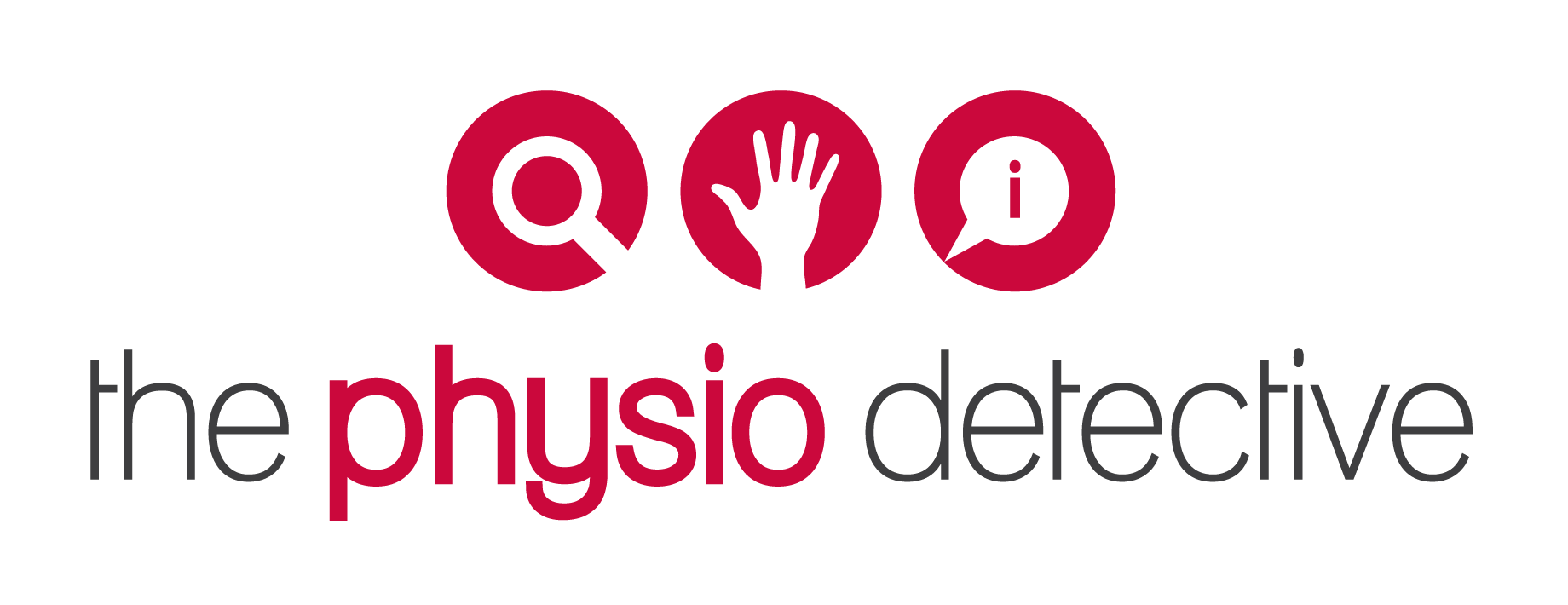Analysis of Rich Froning’s 30 snatch at 225lbs for time
Watch Rich Froning do Isabel here
Analysis:
1. Consistency
His first rep looks like his last rep. He sets the same way, his technique looks the same. He never gets loose or shaky or even look like getting close to failing a rep. This is important because too often we choose to do a weight that we can do right 10 times but not 30. We fatigue, we go out too hard at the start, we basically loose form. If you want 30x225lbs (102.25kg) snatches for time, then you have to train for it. Start getting 30 Snatches perfectly at 135lbs and go from there. Be hard on yourself - Film it and don't move on until you have 30 that look the same.
2. Strategy
a. Rests
Rich took as long as he needed before getting back on the bar. He knows his body really well and so he knows the right time to take.
Note that it isn't like some of us who take too long because we are mentally beat up. When the coaches tell you to get back on that bar, it is because they know you can keep moving.
Take what you need to keep making good reps. Once you know your body, you can set up the next thing he does right...
b. Pacing
Good pacing depends on a good knowledge of your own abilities - a realistic view, not optimistic or pessimistic!
Rich does the first 10 reps in 1:50. He does the next 10 in 2:13. He did the last 10 in 2:06. I reckon he was going for 2:00 per 10 reps and 6mins as the time to hit.
He started off by taking a rest after the first one. He can do touch and go for 3 but he chose not to. You have to ask why? Simply because he knew what was ahead and chose to do singles every time. He probably didn't want to burn out by going harder and faster at the start.
When you make your pacing strategy, consider form and technique as well as the weight and rep scheme.
A practical example:
Yesterday I did a WOD out-of-town. The workout was 4x500m row for total time. The coach took us through the correct rowing technique (which was spot on) and I found out later that they had a commonwealth games rower come to teach them rowing. All but a few of us actually tried to do what he said. All of us broke down in correct technique because we were chasing times and fatigued (I reckon more than 50-75% of my strokes were trying to be close to right, especially at the start!) I chose to go as fast as possible in my first row because I haven't done a 500m time trial in a while - I got a PB of 1:31.4. Otherwise I tried to keep to 1:33 pace at 27st/min. The slowest time I got was 1:36.8. Not too bad. After each row, I kept moving around and had only a small sip of water and sat for a short time to rest my legs (I had a rest and recovery strategy too!).
Having said I am realistic...aim for the ideal and understand the risks of not being consistent. I chose to allow my form to break down. But to get better at rowing, I really should consider the workout as 4x500m row for total time...with good technique. That is the real benchmark and the best way to measure your progress. It will also let you get better faster!
Summary:
Rich Froning is the best in the world because he is a machine. His reps look the same. He has consistent pacing. He had a strategy. He trains that way and he competes that way. He is a champion. That's why I try to train that way too...do you?

Can’t fault that level of consistency. Obviously living the 6P Rule.